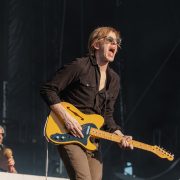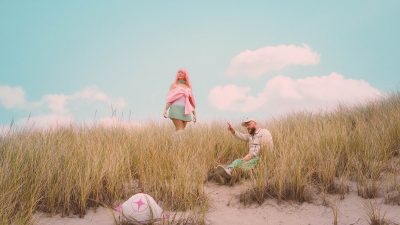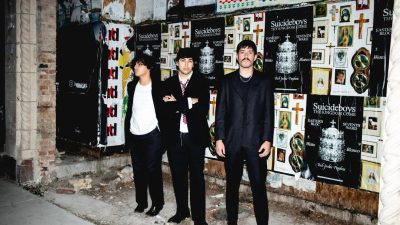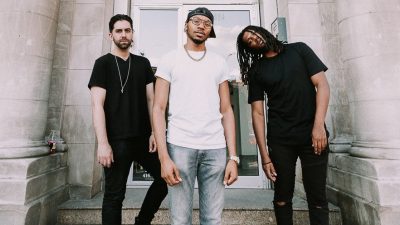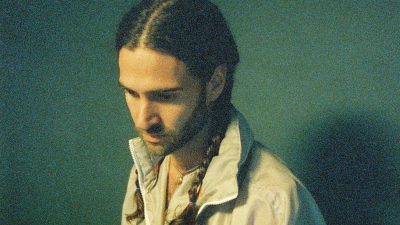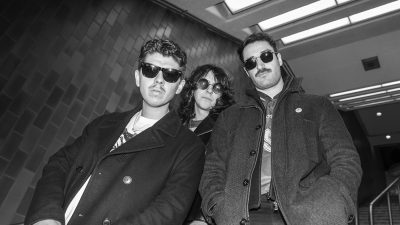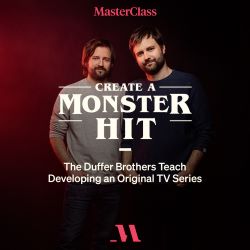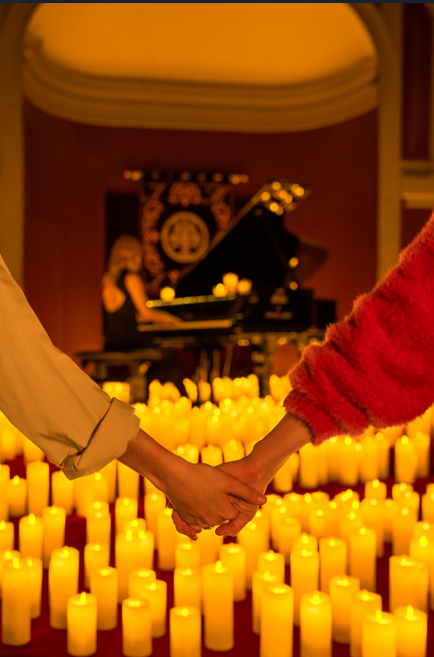Looking back at Karkwa’s evolving career with François Lafontaine and Stéphane Bergeron
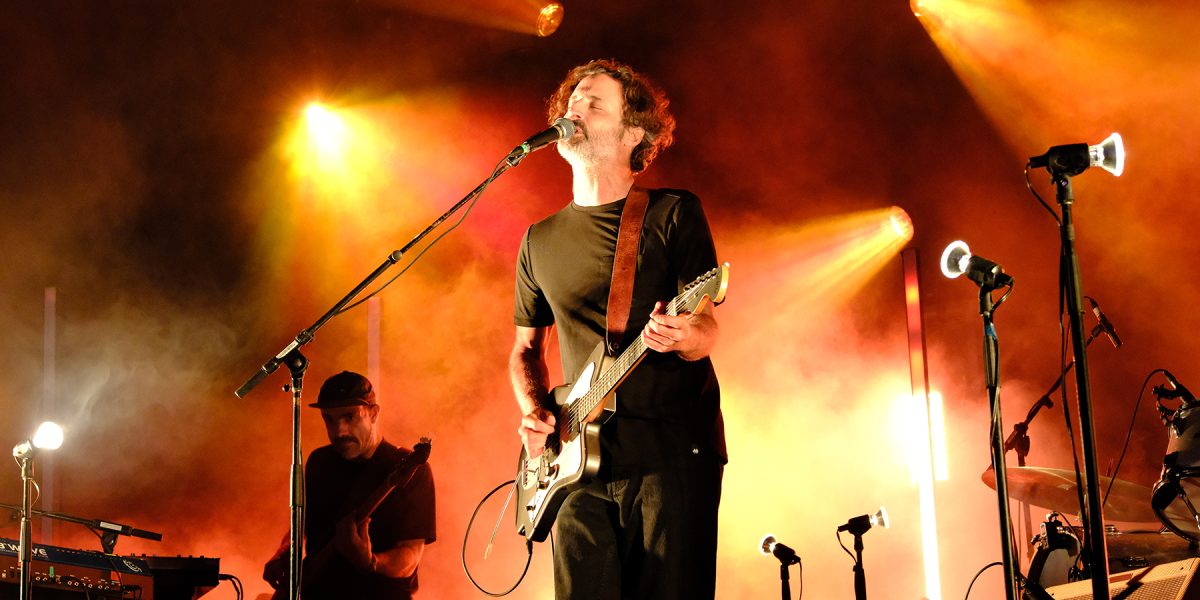
Within the Montreal and Quebec music scenes in the mid-2000s, few bands occupied as much cultural space as Karkwa. Their commercial debut, Les tremblements s’immobilisent (2005), became a generational touchstone. It was a fresh, sonically layered, lyrically captivating indie-rock. Current, relevant, a breath of fresh air for the Quebec audience. Their sound was guitar-driven and anthemic without being derivative, augmented by ingenious use of strings, piano, and programming.
Karkwa’s rise was meteoric and set against the backdrop of an increasingly bilingual Millennial population playing and attending gigs in Montreal. The group toured extensively and recorded two more full-length albums before going on hiatus in 2011, focusing on other endeavours.
Quip sat down with keyboardist François Lafontaine and drummer Stéphane Bergeron to discuss their thoughts on a 20-year evolution before their set at FME. The pair oscillate between English and French, often finish each other’s sentences, and laugh in a way that conveys a vast shared experience, culminating in their most recent studio release, Dans la seconde. It marks the first time in over a decade that the band has written, recorded, and toured.
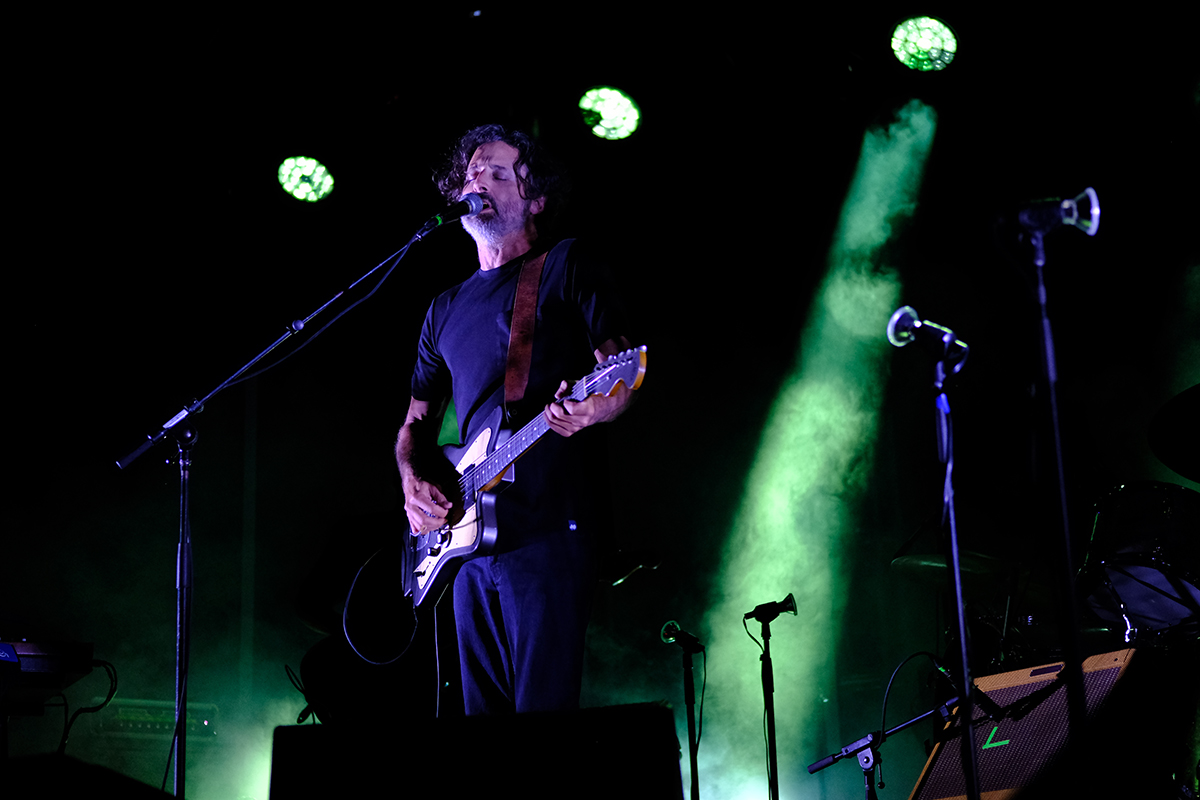
Ben Lemieux: Les tremblements is going to be 20 next year. That was a big time for music in Montreal and in Quebec. A lot of big artists came up during that time. It was also a moment when the lines between Franco and Anglo music in Montreal were blurred a bit more. How is it to reflect on that time and your place in it?
François Lafontaine: It was a movement. We were young at that time: 23, 24. People our age were tired of what was going on musically. We did things differently, the way we would record indie stuff, the way of promoting music was different.
Stéphane Bergeron: We met the Patrick Watson band at some point, we shared a rehearsal space, and we became friends with them. We felt very good about that and about making music with them.
FL: St. Laurent was the main street where the anglophone and the francophone [communities] would cross over. We started doing [shows] with Marie-Pier Arthur. We met the Barr Brothers, we met the Dears, Arcade Fire.
SB: In some events like M Pour Montreal and SXSW, anglo and franco [musicians] doing showcases together made stuff happen after that.
FL: In the end, it’s just about music. We stayed close with Patrick. One of my best friends is Joe Grass, who also played with Patrick – we have a band together. We made a record maybe 4-5 years ago.
BL: Fans from that era are still coming to shows, they obviously have a nostalgic relationship with your early work and Montreal in that era. Do you see new, younger demographics at your shows now as well?
SB: We see that at some of the shows and we’re very touched by it. Even before playing shows, we see some of the comments on social media coming from [younger fans]. It’s also wild to see the younger generation come to shows and sing the lyrics [to our older material].
FL: The greatest thing about that is when you start a band, you cannot imagine how it’s going to be 10 or 20 years later. So to see that happen, it’s very touching, like Steph said. It’s [bigger than] us, at that point. The music speaks for itself. It’s almost like the music has made a path to somewhere we didn’t expect when we started.
BL: A big change since you started making records is the gradual disappearance of record stores. Most of the market is digital streaming now. How do you find that has changed the way that you distribute or release albums, or the response you receive?
FL: It’s pretty difficult to have an opinion on that. The only thing I know is that there are more ways today to discover music. Back then, you had to go to the music store, and sometimes the album wasn’t there. But now, there are a lot of ways to discover music, and people are overwhelmed. There’s [so] much stuff.
SB: I would say [steaming] comes with a lot of competition, but that’s not the right word. We’re kind of privileged, I would say. Because we didn’t have to think a lot about marketing strategy. We booked M Telus [arena] for one night and ended up selling out five. We didn’t have to struggle, but I can imagine [it’s challenging] for people who aren’t as established. It’s been easier for us.
FL: The only way to put out your music is to go on the road. Even if you put out a lot of studio clips on Instagram –
SB: It’s a drop in the ocean. [Laughs] You need many drops.
FL: You can see a lot of musicians playing in many projects. I think that’s the way to make a living. Back in the day, we used to only concentrate on Karkwa. Like 90% of our time was dedicated to Karkwa. Now people are all over the place in so many different projects.
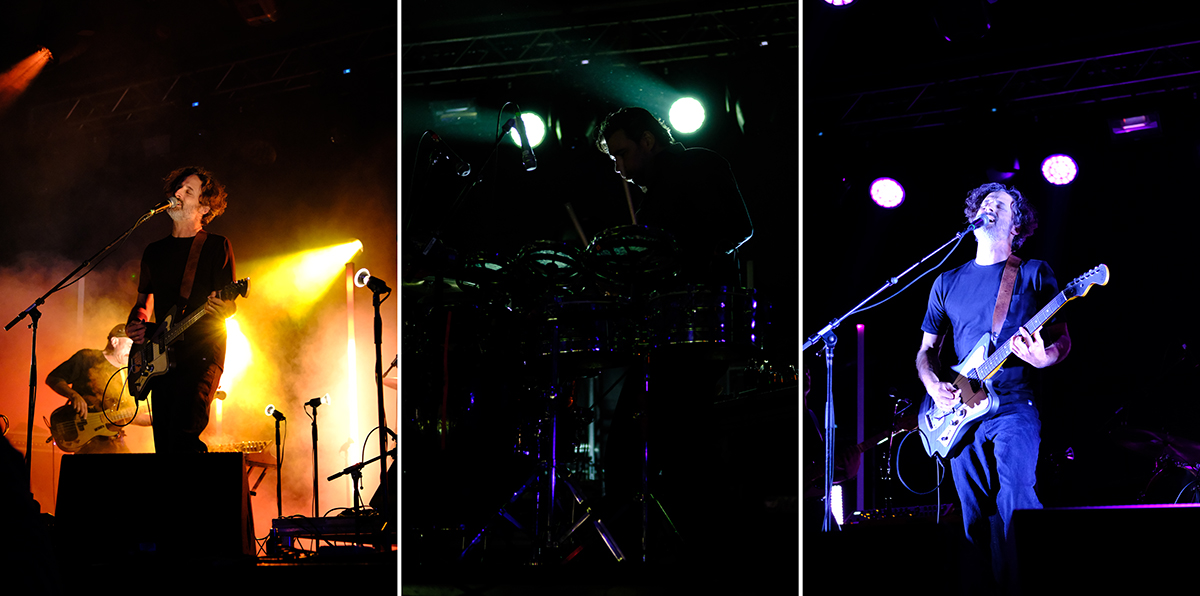
BL: 13 years between records is a long time. Your new record sounds like a Karkwa album. It feels familiar. But obviously, there are things about your playing or your approach to composition that have changed in that time. What are the things about playing as a band that you find the most familiar and the most different?
FL: We approached each record differently.
SB: For Dans la seconde we decided to come into the studio with absolutely nothing. Nothing every day. Let’s start with a tempo. Some days, something happens. Some days, you think something is happening, and at some point, you say, “Oh. That’s… shit.” [Laughs] We did so many days of improvisation and came up with an album like that. That’s the first time we did this. What’s familiar is [the sense] that we’ve been lucky to meet each other. It’s just easy when we play.
FL: For the album we opened maybe 26 or 27 different sessions or different songs.
BL: Over what period of time?
FL: A year [intermittently]. A week here, a week there. At some point, we sat down and said, “We have to focus on the things that everyone wants to do,” and went from 20-something sessions to nine songs.
SB: There was some good stuff too that we didn’t choose. Sometimes we say: “The vibe is cool, but can we end up with a song out of that?” The fun part is when we ended up with those nine or ten songs, we moved into Wild Studios.
FL: It’s the kind of vibe that Morin Heights had. You’re on a lake, secluded in the woods. After the 7 or 8 months we spent [on composition], we went there for a week and wrapped up the whole album there.
SB: There was also a process of layering parts.
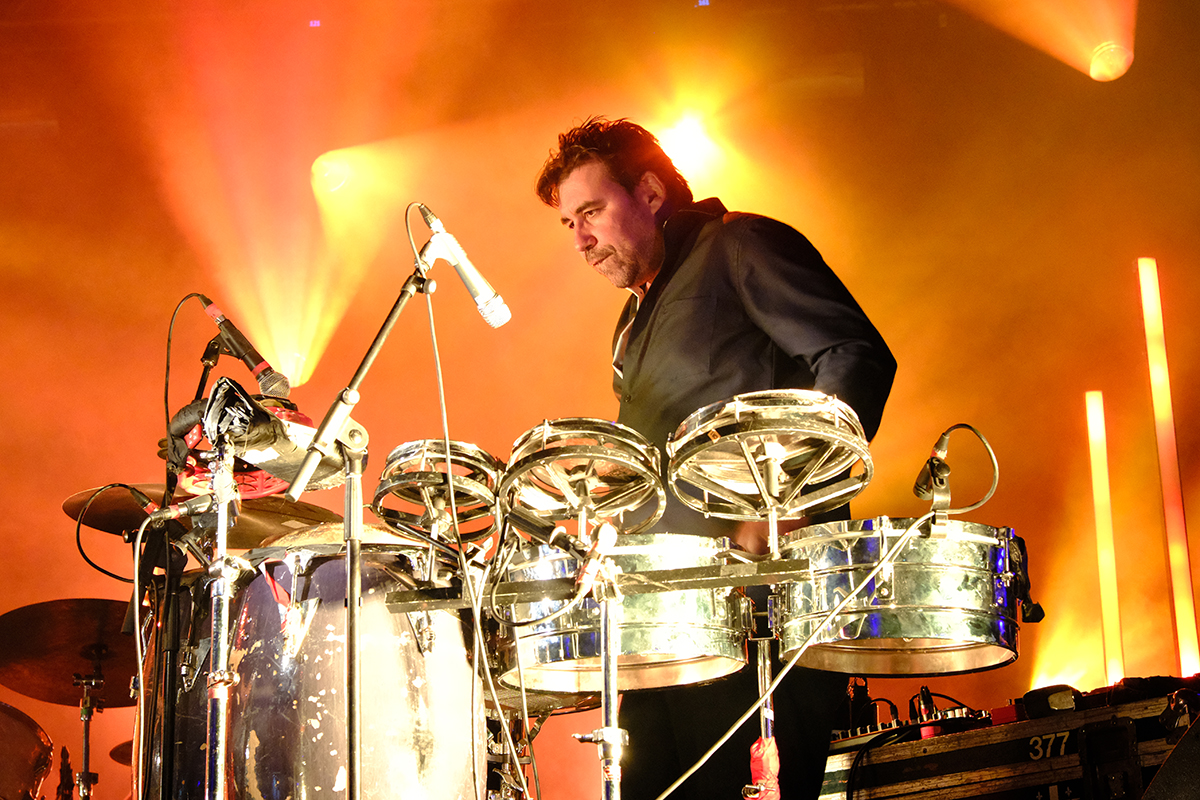
BL: Do you ever think some of these lost tracks may show up on a future album?
SB: Mostly from Chemins de verre (2010). We were touring a lot in France and that means sometimes you have 4-5 day breaks. We had a friend who worked at a studio called “La Frette,” a big house with a studio in it. We thought instead of spending five days in a bar in Paris we could live there. We saw the studio and thought –
FL: Let’s write some music.
SB: We just started recording. We said, “Let’s do a song a day.” So [unused material] mostly comes from Chemins de verre and a bit of what we did lately.
BL: Have you always written as a group?
FL: No. Most of the time, I was bringing in music and we were developing arrangements around that. But like Stephane said, for the last album, you weren’t allowed to come into the studio with anything prepared. Changing our ways of working really helped. There were even times where the root of a song was a drum beat. We started with a tempo, like 125 bpm, and said “Let’s go.” In some cases, we recorded three versions of the same song.
It was a luxury to be able to do this. The studio belongs to Louis-Jean, I’m a partner. To spend this much time in a recording studio, composing, arranging, recording, it doesn’t happen often.
To reconnect, musically, I think it was best for us to get back in the studio. Work differently, put that kind of energy and moments on stage afterwards. It kind of glued the band in a way.
SB: This live set is the best version of the band.



